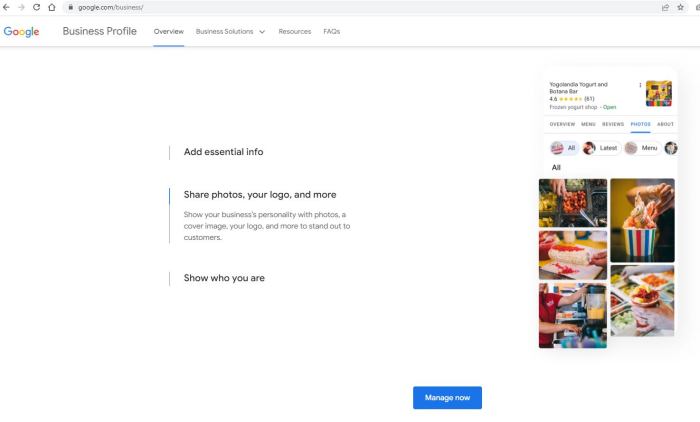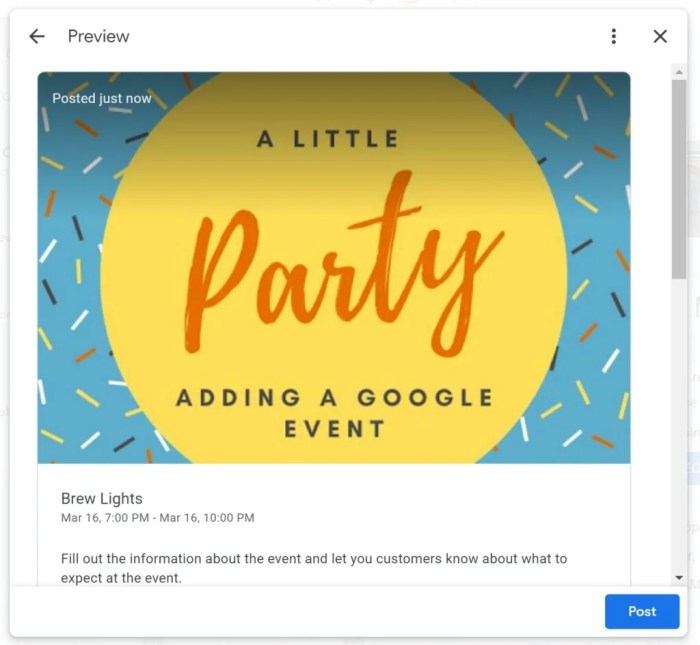Modes of Cargo Transportation

Choosing the optimal mode of transportation for cargo shipments is crucial for efficiency and profitability. The selection depends on a complex interplay of factors, including the nature of the goods, the distance to be covered, the urgency of delivery, and the budget constraints. This section will analyze the cost-effectiveness and other key aspects of air, sea, and land transportation.
Cost-Effectiveness of Different Transportation Modes
The cost-effectiveness of each mode varies significantly depending on the type of cargo and the distance involved. Generally, sea freight is the most cost-effective for large volumes of non-perishable goods shipped over long distances. Air freight, while significantly faster, is considerably more expensive per unit of weight and volume. Land transportation, encompassing trucking and rail, offers a middle ground, with costs influenced by factors like distance, fuel prices, and road conditions.
For example, transporting heavy machinery across continents is usually cheaper by sea, whereas time-sensitive pharmaceuticals are better suited to air freight, despite the higher cost. Small, high-value goods may also find air freight economically viable even over shorter distances.
Advantages and Disadvantages of Air, Sea, and Land Transportation
The following table summarizes the advantages and disadvantages of each mode:
| Mode | Advantages | Disadvantages |
|---|---|---|
| Air Freight | High speed, suitable for time-sensitive goods, global reach, relatively secure. | High cost, limited capacity, environmental impact, susceptible to weather delays. |
| Sea Freight | Low cost per unit, high capacity, suitable for large volumes of goods, environmentally less impactful than air. | Slow transit times, susceptible to port congestion and delays, higher risk of damage or loss. |
| Land Transportation (Trucking & Rail) | Flexibility in routing, relatively fast for shorter distances, suitable for a wide range of goods, good accessibility in many regions. | Higher cost than sea freight for long distances, susceptible to traffic congestion and road conditions, limited capacity compared to sea freight. |
Transit Times and Costs Across the Atlantic
The following table provides estimated transit times and costs for shipping a standard 20-foot container across the Atlantic Ocean. Note that these are estimates and actual costs can vary depending on several factors, including fuel prices, port fees, and specific routes.
| Mode | Transit Time (approx.) | Cost (approx. USD) | Notes |
|---|---|---|---|
| Air Freight | 2-3 days | $10,000 – $20,000 | Highly variable depending on specific route and cargo type. |
| Sea Freight | 10-30 days | $2,000 – $5,000 | Transit time significantly impacted by port congestion and weather. |
| Land Transportation (Not Applicable) | N/A | N/A | Land transport is not typically used for transatlantic shipments. |
Logistics and Supply Chain Management

Effective logistics and supply chain management are crucial for the successful and efficient transportation of cargo. These processes encompass the planning, implementation, and control of the flow of goods, information, and finances related to the movement of cargo from origin to destination. A well-managed supply chain minimizes delays, reduces costs, and ensures the timely delivery of goods, ultimately enhancing customer satisfaction.Logistics providers play a pivotal role in optimizing cargo shipment routes and schedules.
They leverage their expertise in transportation networks, warehousing, and inventory management to select the most cost-effective and efficient routes, considering factors such as distance, transportation modes, and potential delays. Advanced route optimization software analyzes vast datasets to identify the shortest, safest, and most economical paths, taking into account real-time traffic conditions and other dynamic variables. Furthermore, skilled logistics providers develop detailed schedules that coordinate loading, unloading, and handling processes, ensuring seamless transitions between different transportation modes and minimizing transit times.
For instance, a provider might optimize a shipment of electronics from Asia to Europe by using sea freight for the bulk of the journey and then switching to air freight for the final leg to ensure timely delivery for a product launch.
The Impact of Real-Time Tracking and Monitoring Systems on Cargo Transportation Efficiency
Real-time tracking and monitoring systems significantly enhance the efficiency of cargo transportation. These systems utilize GPS technology, RFID tags, and other sensors to provide continuous updates on the location, condition, and status of shipments. This visibility allows for proactive management of potential disruptions, such as delays caused by traffic congestion or unforeseen weather events. Logistics providers can reroute shipments in real-time to avoid delays, communicate effectively with customers about the shipment’s progress, and prevent loss or damage.
For example, if a truck carrying temperature-sensitive pharmaceuticals experiences a mechanical failure, real-time monitoring allows for immediate dispatch of a replacement vehicle, minimizing any potential spoilage or loss of product. Data collected through these systems also provides valuable insights for optimizing future shipments, identifying bottlenecks, and improving overall operational efficiency. The ability to monitor environmental conditions, such as temperature and humidity, is particularly valuable for shipments of perishable goods, enabling timely interventions to prevent spoilage.
International Shipping of Perishable Goods: A Simplified Flowchart
The efficient international shipping of perishable goods requires meticulous planning and execution. The following flowchart illustrates the key steps involved: [Note: The image would depict a flowchart with boxes and arrows illustrating the following steps:
1. Origin (Packing & Pre-Cooling)
Perishable goods are carefully packed and pre-cooled to maintain optimal temperature.
2. Transportation to Port/Airport
Goods are transported to the designated port or airport using refrigerated trucks.
3. Customs Clearance (Origin)
Necessary documentation is processed, and customs clearance is obtained at the origin country.
4. Loading onto Vessel/Aircraft
Goods are loaded onto a refrigerated vessel or aircraft.
5. In-Transit Monitoring
Temperature and other conditions are continuously monitored during transit.
6. Customs Clearance (Destination)
Customs clearance is obtained at the destination country.
7. Delivery to Recipient
Goods are delivered to the final recipient using refrigerated transportation.
8. Quality Control Check
A final quality check is performed to ensure the goods have arrived in acceptable condition.]
Regulations and Compliance
Safe and efficient cargo transportation hinges on strict adherence to a complex web of international and national regulations. Non-compliance can lead to significant delays, hefty fines, and even legal repercussions. Understanding and implementing best practices for regulatory compliance is therefore paramount for any organization involved in international cargo shipping.International regulations governing hazardous materials are particularly stringent, aiming to minimize risks to public health, safety, and the environment.
These regulations dictate packaging, labeling, documentation, and handling procedures for various hazardous substances, ensuring safe transit across borders. Failure to comply can result in serious consequences.
International Regulations for Hazardous Materials
The primary international framework governing the transportation of dangerous goods is the International Maritime Dangerous Goods (IMDG) Code for sea freight, the International Air Transport Association (IATA) Dangerous Goods Regulations for air freight, and the UN Recommendations on the Transport of Dangerous Goods, Model Regulations, which serve as a basis for many national regulations. These codes detail classification, packaging, marking, labeling, and documentation requirements for a wide range of hazardous materials, from explosives and flammable liquids to toxic and infectious substances.
Each code provides specific instructions and guidelines for handling and transporting these materials, emphasizing safety protocols throughout the entire supply chain. Companies must meticulously follow these regulations, ensuring their staff is properly trained and that all documentation is accurate and complete. Discrepancies can lead to shipment rejection, delays, and significant penalties.
Procedures for Obtaining Permits and Licenses
Securing the necessary permits and licenses for cross-border cargo shipments varies depending on the countries involved, the type of goods being transported, and the mode of transport. Generally, this process involves submitting detailed applications to the relevant customs authorities and regulatory bodies in each country. These applications typically require comprehensive information about the shipment, including the nature of the goods, their origin and destination, the means of transportation, and the relevant documentation.
The process often involves providing certificates of origin, commercial invoices, packing lists, and potentially specialized permits for hazardous materials or controlled goods. Some countries may also require inspections or pre-clearance procedures to verify compliance with their regulations. The specific requirements and procedures should be carefully reviewed and adhered to, ensuring a smooth and compliant cross-border shipment. Failure to obtain the necessary permits can lead to delays, seizure of goods, and legal action.
Best Practices for Customs Compliance
Efficient customs clearance is crucial for timely delivery. Accurate and complete documentation is paramount. This includes ensuring that all commercial invoices, packing lists, and other relevant documents are accurate, complete, and readily available for customs inspection. Proper classification of goods according to the Harmonized System (HS) codes is also essential to avoid delays and potential penalties. Proactive communication with customs authorities and utilizing customs brokers can significantly streamline the clearance process.
Building strong relationships with customs brokers and keeping abreast of changes in customs regulations can greatly enhance efficiency and avoid potential pitfalls. Furthermore, investing in advanced tracking and tracing systems can help in monitoring shipments and ensuring transparency throughout the process. Regular audits of processes and documentation help identify and rectify any compliance gaps, thereby minimizing risks and ensuring smooth customs clearance.



